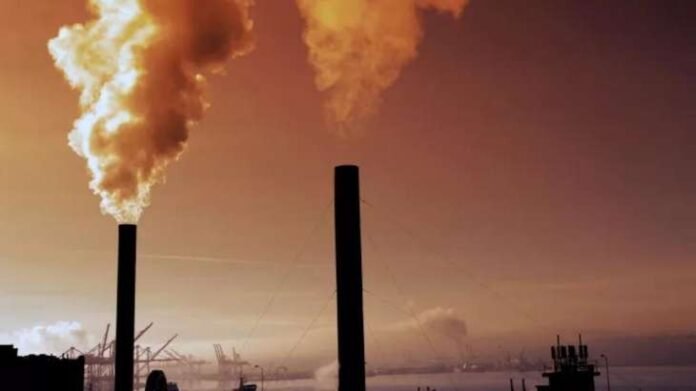Particulate matter PM 2.5 and PM 10 are associated to early heart attacks and mortality in women. US and French studies have linked indoor and outdoor pollution exposure to breast cancer…
Breast cancer is a global issue for women. Air pollution is increasingly connected to breast cancer. Air pollutants like PM 2.5 and PM 10 may raise breast cancer risk in women and cause early heart attacks and deaths. Two US and French studies link indoor and outdoor PM to breast cancer. Multiple studies have connected PM 2.5, particles generated in the atmosphere by chemical interactions of sulfur dioxide, nitrogen oxides, and some organic substances, to early death, especially in those with chronic heart or lung problems, and lower lung function growth in children.
Air pollution and breast cancer were hard to compare across research sites. Future study should examine how regional air pollution influences breast cancer. A Journal of the National Cancer Institute study connected high PM 2.5 exposure to an 8% increase in US breast cancer. Five lakh women and men were tracked for 20 years and found 15,870 breast cancer cases.
Dr. Parmar observed a 50% increase in breast cancer in India between 1965 and 1985. Globocan reported 13.5% of cancer cases and 10.6% of fatalities in India in 2020 were breast cancer. Breast cancer will impact 20 lakh individuals worldwide by 2030, according to studies.
What are breast cancer symptoms?
distinct people have distinct breast cancer symptoms. Some folks have no symptoms.
Warning symptoms of breast cancer include:
-New breast or underarm lump.
Breast swelling or thickening.
Breast irritation or dimpling.
-Nipple or breast redness or flakiness.
-Discharge other than breast milk, including blood.
Any breast size or form alteration.
Pain anywhere on the breast.
Many things can cause breast lumps, including cancer. However, other medical disorders cause most breast lumps. Cysts and fibrocystic breast disease create breast lumps. Noncancerous fibrocystic breast alterations can make them lumpy, sensitive, and uncomfortable. Breast cysts are tiny fluid-filled sacs.
Conclusion
Two US and French studies connected indoor and outdoor PM 2.5 to breast cancer. PM 2.5 particles can impair lung function in children and cause premature death, especially in individuals with chronic heart or lung disorders. A US study found an 8% increase in breast cancer in PM 2.5-exposed areas. Breast cancer rose 50% in India between 1965 and 1985, accounting for 13.5% of cases and 10.6% of deaths. Worldwide, 20 lakh people will have breast cancer by 2030.



